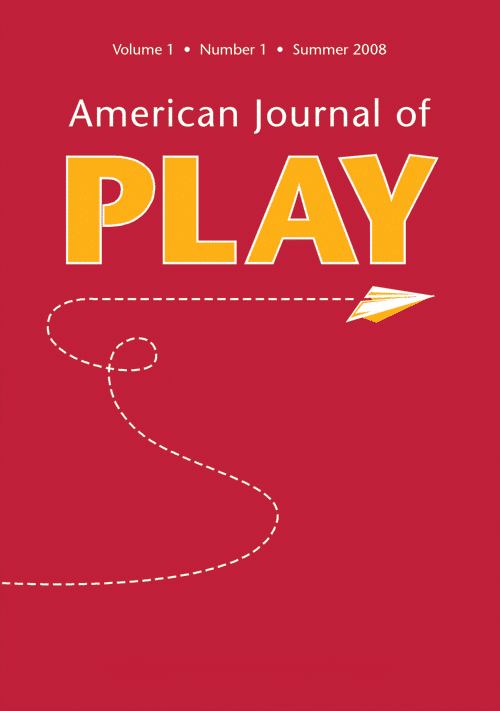The Power of Play: Learning What Comes Naturally
Although under attack from some goal-oriented politicians and parents and often considered superfluous by school administrators and teachers, free play remains vital to human health and creativity. Contrary to the notion that play should serve utilitarian ends or consist primarily of organized sports, the author makes a case for self-initiated physical play free of educational toys, computer games, and television, especially early in childhood but also throughout young life. Combining ideas from Sigmund Freud and Jean Piaget, the author views play as one of three necessary elements of a full life, the others being work and love.




